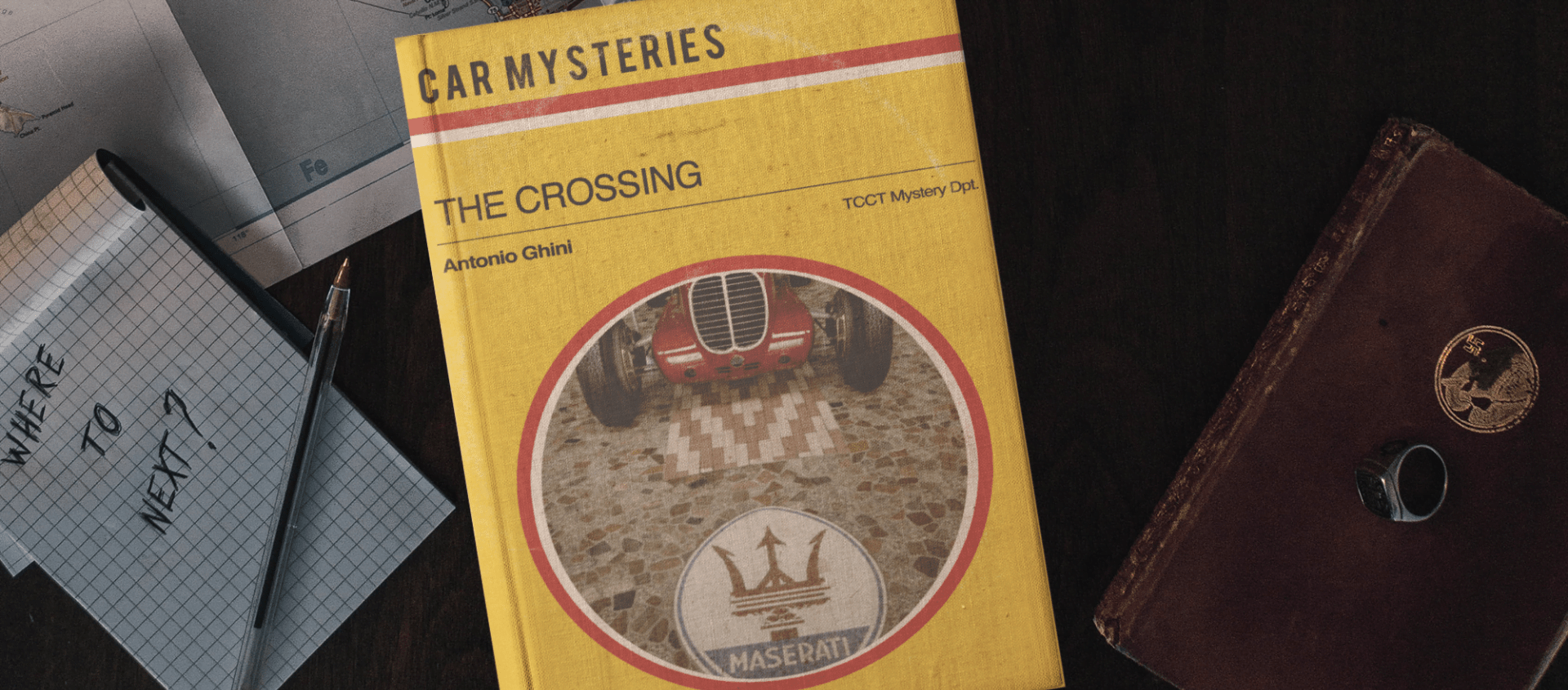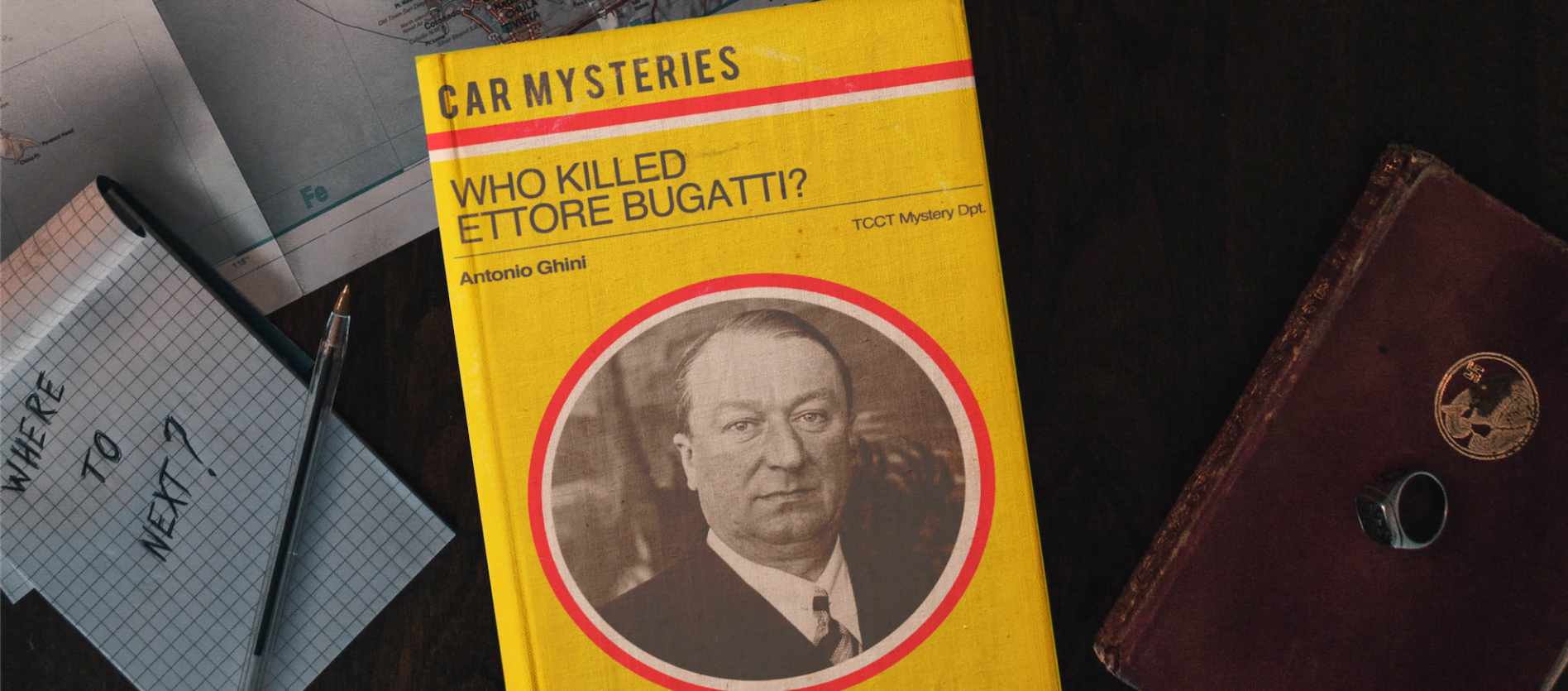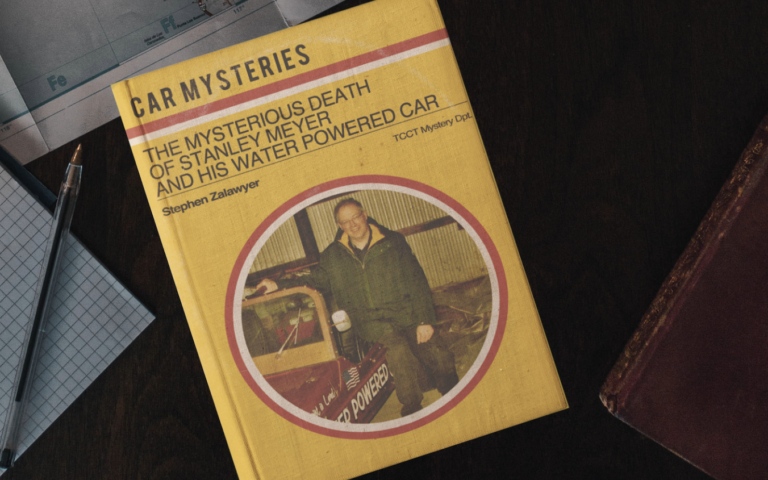The crossing
16 September 2020 2 min read 6 images

This story originates from deep within two countries of South America: Argentina and Venezuela. It is the story of two very different paths, which crossed under the name of Maserati in 1996. In this chapter of the story, Alejandro de Tomaso had lived 69 tumultuous years. After seeing his family’s wealth decimated under the Peronist movement which redefined Argentina, and after trying his hand – unsuccessfully – at a treacherous political career, at the age of 26 he abandoned his wife and three children and left for Modena, Italy, a destination that was not chosen by accident: At that time, Modena was the capital of motorsports. He was a racing driver; he knew his way around mechanics and had an innovative vision in which he dreamt of one day becoming a manufacturer himself. But he lacked the financial firepower to realize this dream and it was going to take quite a lot of that. Back then, Argentinian drivers were all the rage: Fangio, Gonzalez and Marimon dominated the circuits and he, despite driving cars that were less famous than the single-seaters, sought notoriety. As Guy de Maupassant would have said in his novel Bel Ami, he went down every road looking for a way to change his life for the better so he could realize his dreams. This particular road was a woman, a racing driver herself, American, from a powerful and very rich family: Elizabeth Haskett. They raced together with OSCA, they married and as if by magic the doors onto the room of dreams suddenly opened. It was 1959 when Automobili de Tomaso opened for business, with the symbol of the T that his father had used to mark the herds of cattle on his farm.
Register to unlock this article
Signing up is free and gives you access to hundreds of articles and additional benefits. See what’s included in your free membership. See what's included in your free membership.
Already have an account? Log In



